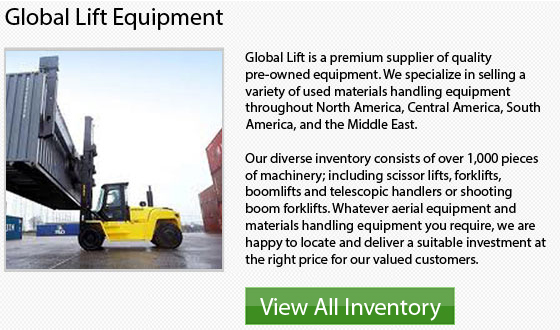
Even after the rise and explosion of telehandlers on the material handling industry, rough terrain forklifts and vertical mast forklifts can be found picking up and moving different products and materials on jobsites all over the world. There have been many other standard lift trucks which lost market share to telehandlers. This occurred especially when the challenger broke onto the construction scene. Ever since that time, sales numbers have stabilized. Vertical-mast lift trucks have re-emerged and seem to be becoming more popular again because of their greater productivity, lower cost and modification of certain telehandler-like features.
Straight-mast equipment would complete two times the job that a telehandler would do due to their maneuverability and ground speed. Fascinatingly enough, rental companies are beginning to charge higher rates on straight-mast models.
Within the rough-terrain lift truck industry, rental buyers have been having a greater influence. Over 50 percent of all vertical-mast lift trucks are currently being sold to a rental yard. These acquisitions are normally driven mainly by utilization, which is a factor closely followed by purchase price.
The telehandler has become an extremely common machinery in the material handling business. Their popularity has given them a better advantage in terms of rental utilization. Their overall expansion has been moderated by their higher price. There is several lift truck users who feel that telehandlers are not nearly as productive compared to conventional rough-terrain forklifts for unloading and loading repetitive jobs. This means that even though competition among telehandler marketers has lowered their prices, a lot prefer the RT lift trucks that have been performing well for decades.
In comparison, the telehandler is ganglier, a little slower to operate and requires a higher level of skill to complete the job. On the upside, they get the reach if they require it. There would continuously be a place within the business for forklifts however, as there are places that you would not be able to access with a telehandler.
The rough-terrain forklift is compact, small and could carry a heavier cargo vertically as opposed to the telehandler. Basically, in order to use the right machinery for your application, you will need to determine what tasks exactly you would be accomplishing, the kind of circumstances and setting you would be operating in and what your load capacity is. These factors would help you decide what the best alternatives available are.